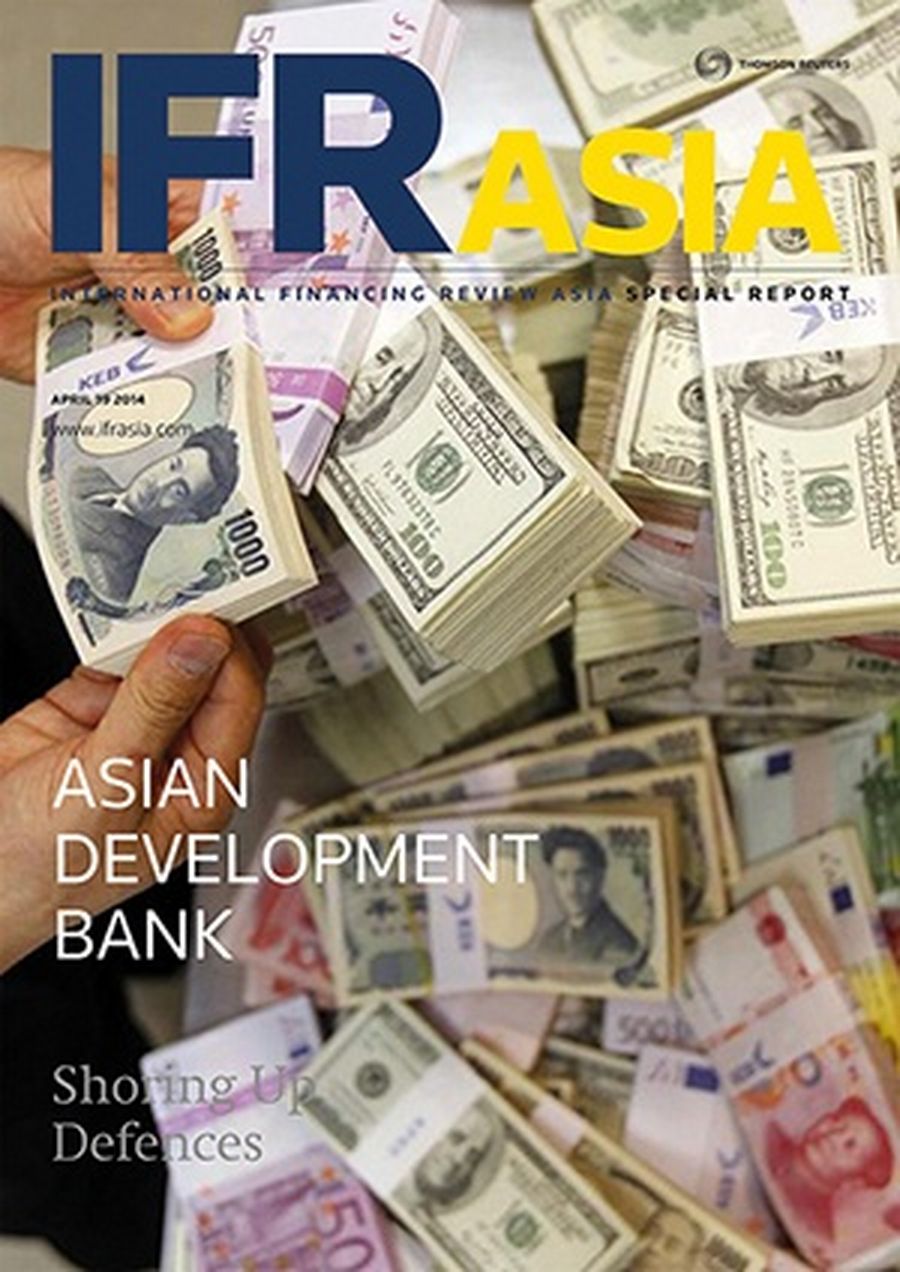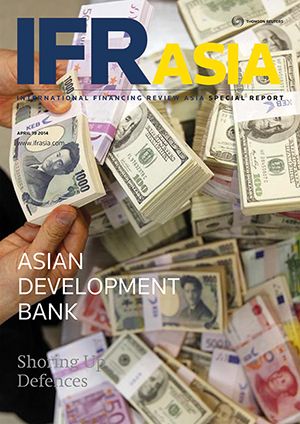
Shoring up defences
Source: REUTERS/Truth Leem
An employee of the Korea Exchange Bank holds banknotes from different countries for hotographs at the main office of the Korea Exchange Bank in this picture illustration taken in Seoul.
If Asia needed a reminder of the dangers of global capital markets, the setting for this year’s Asian Development Bank’s annual meeting is a good place to start.
Kazakhstan has experienced the boom and bust of the global credit cycle. Heavy overseas borrowing contributed to a domestic asset bubble and a precarious currency mismatch. The country’s banking system is still dealing with the fallout five years after the bubble burst. For every US$3 of loans outstanding in Kazakhstan, US$1 is non-performing.
Still, despite that obvious handicap, the Kazakh economy is growing at 6% a year – an equally powerful reminder of the enormous potential in Asia’s emerging markets.
Like Kazakhstan, tantalisingly low US dollar rates have enticed many Asian companies and governments to borrow in foreign currencies. Global bank lending may be tighter as a result of Basel requirements, but Asia’s bond markets have blossomed since 2008 on the back of cheap global credit.
As attention now shifts to the inevitable unwinding of easy-money policies in the West, many questions remain over Asia’s ability to withstand sudden reversals in global capital flows.
This IFR Asia Special Report aims to highlight some of the key talking points around Asian development, for both the public and private sectors.
Global portfolio flows top the list again this year, with the US Federal Reserve already winding back its monetary stimulus and hinting at interest-rate hikes as early as next year. While the US tightens, however, Europe is discussing further “extraordinary measures” to stimulate the region’s economy, and Japan remains committed to its reflationary experiment.
The key question is how Asia can shore up its defences against these powerful monetary flows, and it is no accident that much of this report focuses on efforts to unite Asian-savings pools and strengthen domestic policy, as well as the outlook for the region’s currencies.
The role of the ADB itself also deserves closer scrutiny at a time when Asian growth is stretching its resources, while demands from member countries are changing.
Reforms already under way in the bank’s Manila headquarters should make the bank more efficient, and its strategy of bundling finance with knowledge is a laudable plan to shape policy in the region’s less-developed nations. Nevertheless, the ADB cannot afford to stray too far from its traditional infrastructure financing mandate with so much of Asia still facing severe infrastructure gaps.
Kazakhstan, then, is a fitting – albeit somewhat remote – location for this year’s governors’ meetings. If both host nation and visiting delegates can learn from each other’s experiences, then many future dangers should be easily avoided.
To see the digital version of this report, please click here.
